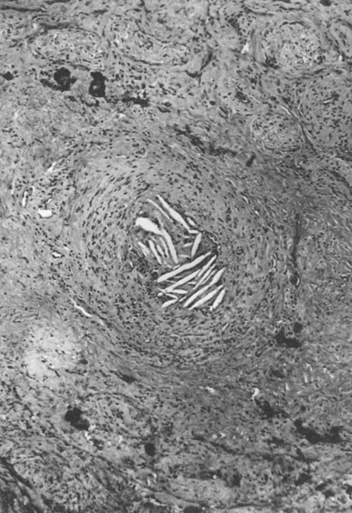With extensive thoracoabdominal involvement, microemboli can involve virtually every organ supplied by the aortic branches (Figure 1). Blue toe syndrome is not always present in systemic atheroembolism. The kidneys can become involved as a result of atheromas located in the juxtarenal aortic segment or near the renal artery orifices. Sudden kidney failure, hypertension, and profound eosinophilia characterize this type of presentation, and although the diagnosis can be confirmed with renal biopsy, often it can be inferred on clinical grounds.
Atheroembolism
Clinical Syndromes

![]()
Stay updated, free articles. Join our Telegram channel

Full access? Get Clinical Tree


Thoracic Key
Fastest Thoracic Insight Engine
